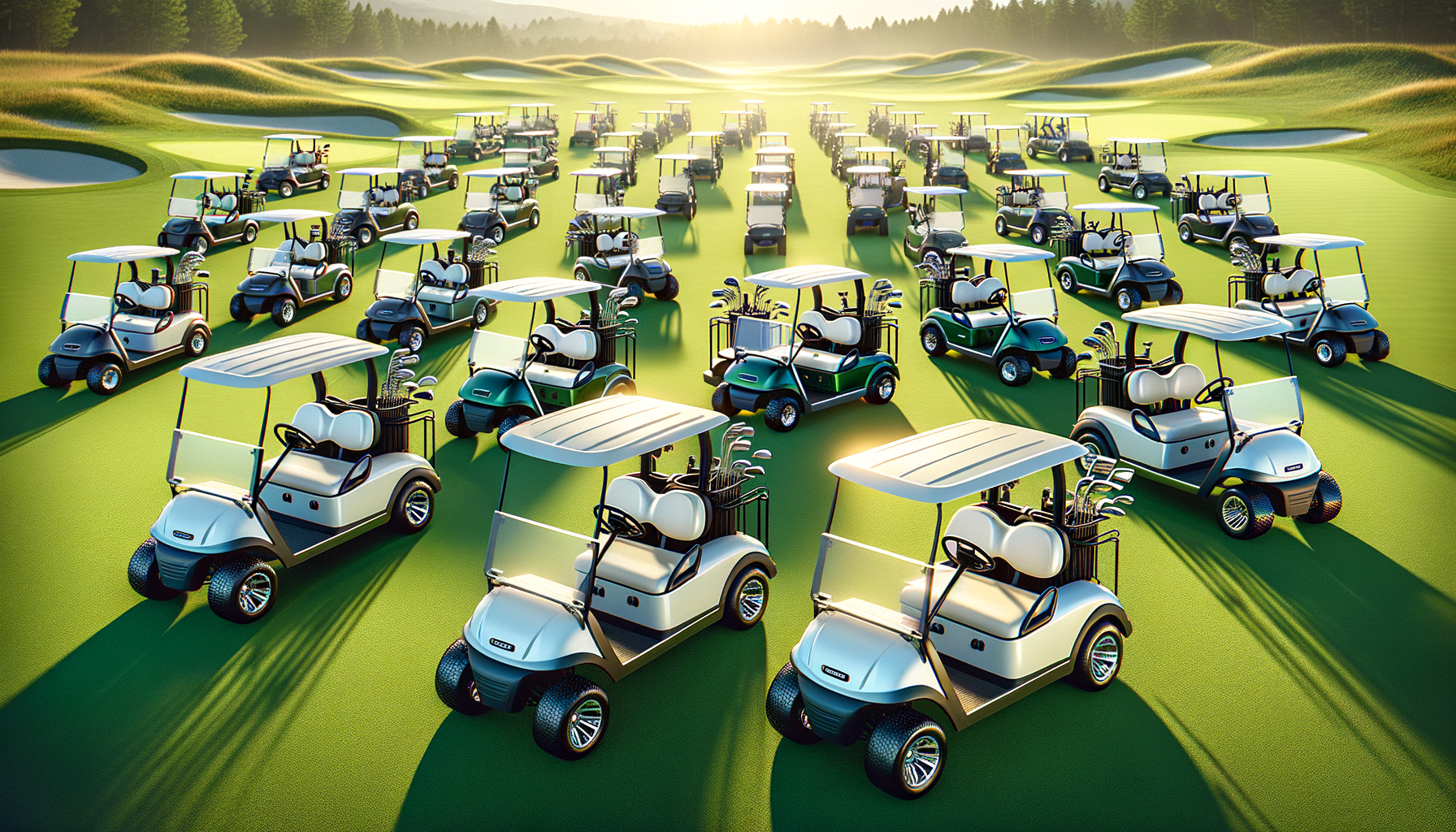Introduction to Canoe Electric Motors
Canoe electric motors have emerged as a game-changer in the world of water navigation. Blending the tranquility of traditional paddling with the convenience of modern technology, these motors are making waves among enthusiasts. Whether you’re a seasoned paddler or a weekend adventurer, understanding the benefits and functionality of electric motors can enhance your experience on the water.
These motors offer a quiet and eco-friendly alternative to gasoline engines, allowing paddlers to explore nature without disturbing the serenity of their surroundings. With advancements in battery technology, electric motors have become more efficient, providing longer run times and greater power. As environmental concerns grow, the adoption of electric motors aligns with a sustainable approach to enjoying outdoor activities.
Advantages of Using Electric Motors in Canoes
The incorporation of electric motors into canoes brings a host of advantages that cater to both recreational and practical needs. One of the most significant benefits is the reduction in physical exertion. For those who wish to enjoy longer journeys without the fatigue of constant paddling, electric motors provide a welcome relief. This is particularly beneficial for older paddlers or those with physical limitations.
Furthermore, electric motors offer a level of control and precision that is difficult to achieve with traditional paddling. Navigating through narrow waterways, maintaining a steady course, or adjusting speed becomes effortless. Additionally, the quiet operation of electric motors ensures minimal disturbance to wildlife, making them ideal for nature enthusiasts who wish to observe animals in their natural habitat.
Another advantage is the environmental impact. Unlike gasoline engines, electric motors produce zero emissions, contributing to cleaner air and water. This aligns with global efforts to reduce pollution and preserve natural ecosystems. As more paddlers adopt electric motors, the cumulative effect on the environment can be significant.
Types of Canoe Electric Motors
Canoe electric motors come in various types, each designed to meet specific needs and preferences. The two primary categories are trolling motors and outboard motors. Trolling motors are typically mounted on the bow or stern of the canoe and are used for slow, controlled movements. They are ideal for fishing or leisurely paddling where precision is key.
Outboard motors, on the other hand, are mounted on the transom and provide greater power and speed. These are suitable for covering larger distances or navigating against strong currents. When choosing an electric motor, it’s essential to consider factors such as thrust, battery life, and weight. Thrust, measured in pounds, determines the motor’s power, with higher thrust suitable for heavier canoes or challenging conditions.
Battery life is another crucial consideration. Lithium-ion batteries are popular for their longevity and lightweight nature, while lead-acid batteries offer a more budget-friendly option. Ultimately, the choice of motor depends on the intended use and personal preferences of the paddler.
Installation and Maintenance Tips
Installing an electric motor on a canoe may seem daunting, but with the right guidance, it can be a straightforward process. Start by selecting a motor mount that is compatible with your canoe’s design. Many modern canoes come with pre-installed mounts, making the process even easier. Ensure that the motor is securely fastened to prevent any accidents during use.
Proper maintenance of the electric motor is crucial for its longevity and performance. Regularly check for any signs of wear or damage, particularly on the propeller and motor housing. Cleaning the motor after each use, especially if used in saltwater, can prevent corrosion and extend its lifespan. Additionally, ensure that the battery is charged and stored correctly to maintain its efficiency.
It’s also advisable to keep a toolkit on hand for any minor repairs or adjustments. This proactive approach to maintenance will ensure that your electric motor remains in optimal condition, providing reliable service for years to come.
Conclusion: Embracing the Future of Canoeing
As we look to the future, canoe electric motors represent a harmonious blend of tradition and innovation. They offer paddlers the opportunity to explore waterways with ease and precision, all while minimizing environmental impact. The growing popularity of these motors is a testament to their practicality and appeal.
For those considering an upgrade to their canoeing experience, investing in an electric motor is a decision that promises enhanced enjoyment and sustainability. As technology continues to evolve, we can expect even more advancements in the realm of electric propulsion, making canoeing an even more accessible and eco-friendly pastime.






